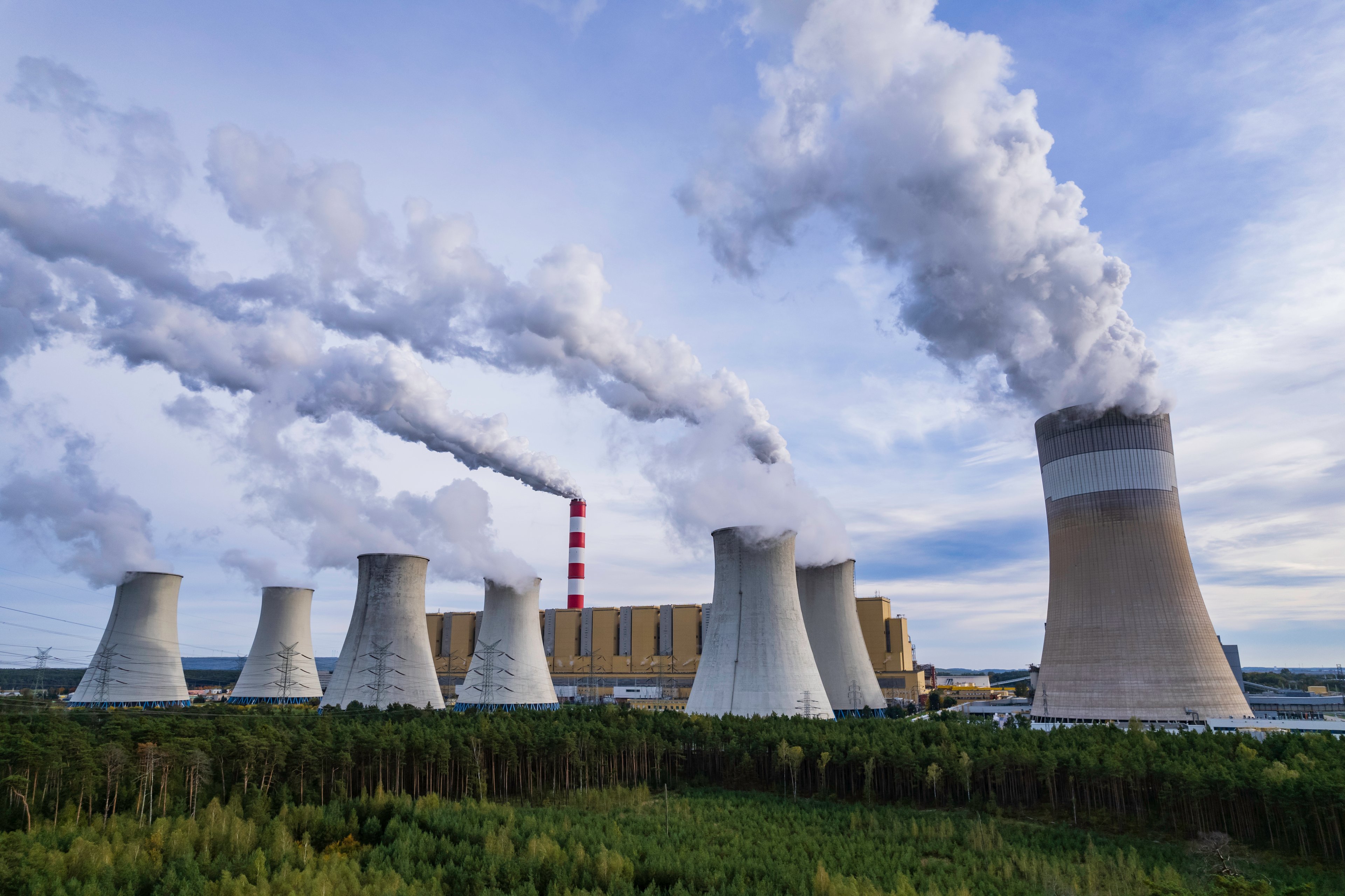
Image source: Getty Images.
What happened
CARBO Ceramics (CRR +0.00%) plunged after reporting its third-quarter results on Thursday, which sent its stock down 25% by 3:15 p.m. EST.
So what
CARBO collected a mere $20.2 million in revenue during the third quarter, which was down 73.4% from the year-ago quarter, and missed the consensus estimate by more than $5 million. Meanwhile, the company reported a loss of $20 million, or $0.81 per share, which was $0.09 per share worse than analysts were expecting. That said, after adjusting for costs associated with slowing and idling production, the net loss narrowed to $8 million, or $0.32 per share. Driving the downdraft in earnings and revenue is the downturn in the oil market, which is sapping demand for the company's higher-priced proppants.
The company noted that third-quarter ceramic pricing and sales volumes were worse than expected. Incidentally, that's not what other proppant makers experienced, with Eagle Materials (EXP +0.09%) and Fairmont Santrol (NYSE: FMSA) both reporting a sequential increase in volumes. In Eagle Materials' case, its proppant volumes surged 50% over the prior quarter. Meanwhile, Fairmont Santrol's volumes improved 20% sequentially, enabling the company to push through a desperately needed price increase at the end of the quarter.
Frack sand makers are starting to enjoy increased volumes not only because producers are drilling more wells, but because they are using much more sand per well. For example, Whiting Petroleum (WLL +0.00%) noted in its third-quarter report that wells completed with more than 10 million pounds of sand are vastly outperforming those completed with more than five million pounds of sand. Those results will likely lead Whiting Petroleum to use more sand in the future. What it probably won't use are ceramic proppants, which are costlier.
That trend is leading CARBO to issue tepid guidance. CEO Gary Kolstad noted in the earnings release:
We believe the industry will see a gradual recovery in activity, and while we believe there will be a return to value added oilfield technology products such as ceramic proppants by E&P operators, it may be slow to materialize and ultimately depend upon a number of industry factors.
Now what
With producers like Whiting Petroleum bypassing ceramics for more sand, it clouds CARBO Ceramic's future. It could be quite some time before producers switch back to higher-cost ceramics, and given the success of higher sand volumes, they might never make that switch.





